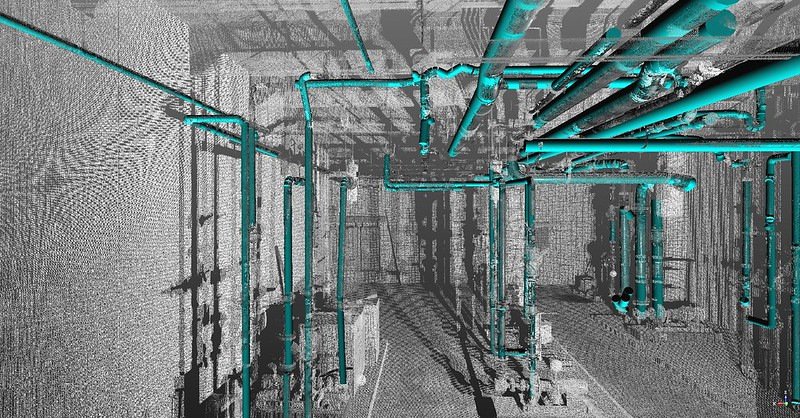OSU researchers at work on better, faster way to design, build, maintain buildings

CORVALLIS, Ore. (KTVZ) – Researchers at the Oregon State University College of Engineering are working on a better, faster way for architects and engineers to design, construct and manage buildings.
The group of construction, geomatics and computer science researchers will work at developing building information models, or BIMs, from lidar data. Lidar, short for light detection and ranging, is a remote sensing method that produces measurements based on reflected laser pulses.
Geomatics refers to the measurement, analysis and management of data relating to the Earth and the built environment.
“Our team is turning lidar data into BIMs by automating the tedious and time-consuming manual work required to develop and maintain a BIM,” said Yelda Turkan, one of the project’s co-leaders. “We are doing this with deep learning algorithms to process the lidar data. Modelers – the people who convert lidar data into BIMs – will be able to model buildings within hours instead of weeks, and thus transform how the built environment is managed and maintained.”
BIMs are used to create and document building and infrastructure designs. Each detail of a building comprises a model used to explore design options and to create visualizations that help people understand what a building will look like before it’s constructed. The model is also used to generate the design documentation needed for the construction process.
BIMs are also used for managing existing buildings, facilities and infrastructure. This can be more challenging than using BIM for design because what exists in the real world, including imperfections, must be captured and modeled.
The end product of the OSU team’s work will be a combination of a database and a deep learning framework that accelerates the creation of BIMs from lidar data, Turkan said.
The project is part of a National Science Foundation effort to drive transformative research in artificial intelligence and quantum technology.
The work, led by principal investigators Turkan, Mike Olsen and Fuxin Li, is under the auspices of the NSF’s Convergence Accelerator program. The OSU team received $920,000 for nine months of a phase one grant and can compete for a two-year phase two grant worth $5 million.
OSU will collaborate with researchers from the Georgia Institute of Technology and the University of Hawaii at Manoa as well as industry professionals from AllVision and MPN Components. Also involved in the project from Oregon State are Erzhuo Che, Jaehoon Jung and Yeongjin Jang from the College of Engineering and Marta Maldonado from the College of Liberal Arts.
About the OSU College of Engineering: The OSU College of Engineering is among the nation's largest and most productive engineering programs. Since 2010, the college has more than doubled its research awards to $56.8 million by emphasizing highly collaborative research that solves global problems. It is a leader in signature research areas, including precision health, clean energy, resilient infrastructure and advanced manufacturing; and targeted strategic areas, including robotics, materials research and clean water.